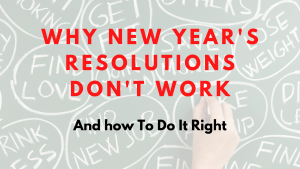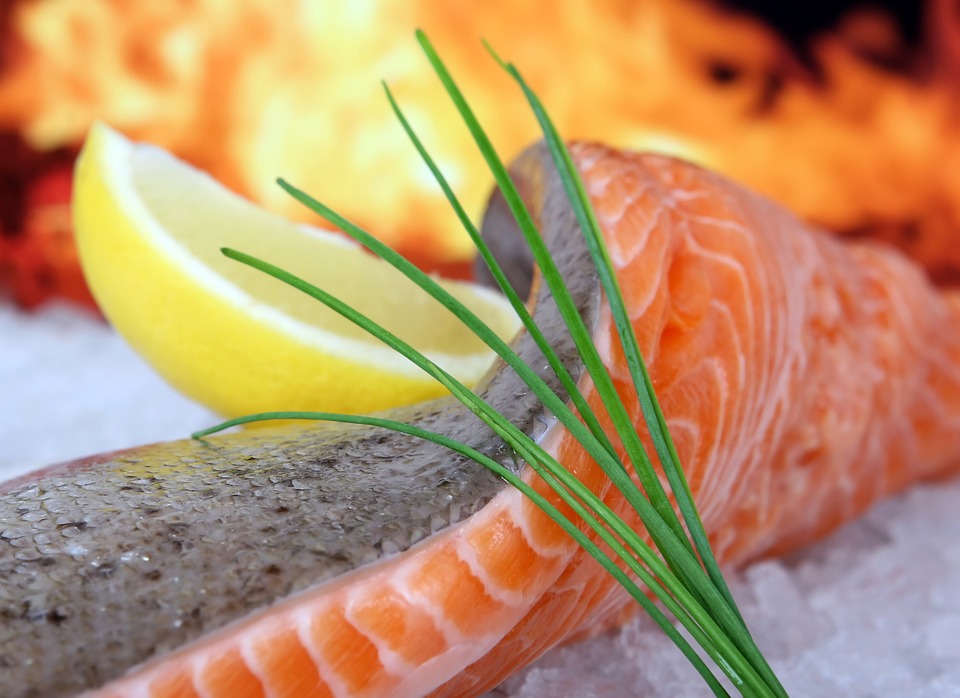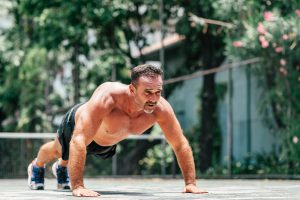

This is something I’ve been wanting to write about for quite some time: the commercialization of the paleo diet.
The paleo movement started by presenting a simple concept: We should eat the foods we were designed to eat during millions of years of evolution: clean meats and fish, vegetables, some fruit, roots, and nuts. Avoiding grains and dairy will improve the health of many people. These are the very basics. I believe that some adjustments are entirely possible and also hope that the paleo police will forgive me for saying that some people are doing fine with dairy, rice, and some legumes here and there.
To me, the most important concept that the paleo diet conveys is to “eat real food”. The problem with such a general rule is the endless number of interpretations it can have. Into this space of free interpretation, enter the companies who identify the amazing commercial opportunity in the paleo movement and try sell you food products that supposedly follow the paleo rules. Are these real foods? In many cases, not so much.
The industry is catching up pretty fast with the growing popularity of the paleo diet, and today we can see a huge variety of paleo treats, like cookies and bars, pancakes and breads. All are seemingly following the paleo criteria. You won’t find a gram of any of the forbidden grains in these products. Nor will you find any white sugar. What you will find are the supposedly “healthy” alternatives, like coconut flour and a variety of so-called healthy sweeteners, like honey or—yep—coconut sugar. So, what is wrong with all of that?
By eating these alternatives, we are very quickly going down a slippery slope of consuming processed foods disguised as healthy foods. The definition of “real food” is indeed tricky, but let me try and simplify it for you. Real food is a food that is as close as possible to its natural and original form in nature. For example, a baked potato is real food. Commercial potato chip? Not so real—not even the organic potato chips you buy in a rustic and natural-looking package with a picture of a masculine farmer smiling in the middle of a potato field.
A simple practice to make the distinction would be this: try to imagine how much processing a certain food has gone through before it ended up on your plate. The less, the better. The further the final product is from its natural form, the less of it you should eat. By that logic, avoiding any packaged food would be wise.
Don’t think that a boutique producer of “paleo” cookies made with coconut flour and sweetened with honey is a healthy paleo food, and, if you investigate the shelves at Whole Foods and other upscale food stores, you’ll find that the market is flooded with these products. The world of “health food” is as chaotic and confusing as can be. The messages and recommendations are conflicting each other. Regulations and definitions can be vague. Marketers know this and take advantage of this chaos anyway they can to promote their products.
“Products,” by the way, may be a key word here. Real foods are not products.
The paleo diet, in its simple format, is basically a set of rules with some restrictions. Grains and foods made of grains are not allowed, with maybe the exception of rice. That means that someone who chooses to commit to the paleo path excludes all pastries and breads, at least as we know them, from his or her diet. This is a huge group of foods that is deeply ingrained in the western culinary culture. Unfortunately, in the standard American diet, we get the lowest and worst versions of these foods, meaning sugar-laden, highly-processed, and highly addictive breads and pastries.
In most cases, these pastries are made with the lowest quality of wheat and other grains. This group of processed foods is one of the main foods responsible for all the diet-related chronic diseases we know today: diabetes, obesity, and heart disease. For most people, giving up these foods is maybe the biggest challenge in making the paleo commitment. This is where the paleo industry comes in with the attempt to provide alternatives.
Last year, at the Austin paleo conference, a huge part of the foods presented at the food exposition was exactly this: products that try to bring a legitimate paleo alternative to a “forbidden” food. Again, seemingly, there is nothing wrong with that, but, as I said, it’s a slippery slope. Perceiving these foods as legitimate, especially for someone who has a history of dependency on sugar or wheat or any cheap carb-based foods (most people?), can lead to the same place of overeating and addiction, only, this time, you don’t even know you’re doing something wrong!
I know I may sound a little harsh here. I know my stand here is “all or nothing,” but i truly believe that, in this case, it is so. For many of us, making a real change means taking the “all or nothing” route, with an emphasis on the “nothing” part. Total abstention from certain foods is the only way to effect real change.
The Good News
This is what I believe is the biggest difference between other restrictive diets and the paleo way:
the fact that there is a vast and rich array of foods you can eat, as long as they are real foods. The problem with many diet trends is their restrictive nature and the fact that over time they make people feeling deprived from the sense of pleasure that should be an integral part of eating.
The paleo way offers you endless culinary options, using vegetables, meats, fish, nuts, seeds, and fruits. Believe me, that’s more than enough food to celebrate and have fun.
Eating real food, the way it was created by nature, is really not a diet but a life choice, and this is what paleo is about and why it is different from other diet trends. I don’t like to be restricted in my food options, but, if nature is what defines the restrictive lines, then I’m all for it. Don’t try to find the “allowed” version for your beloved bread or pancake, because the alternative has the potential of dragging you back to the old bad habits.
To me, there something annoying and a bit cynical in coming up with concepts like “paleo bread” or “paleo pancakes.” It is almost as ridiculous as “veggie burgers” or “tofu bacon”.
I’m sorry, but culinary-wise, bread is supposed to be made out of wheat, and, whether you like it or not, gluten—Satan himself, according to some—is what makes bread bread.
Why not adopt the real food way? You need some carbs? Eat a yam or a potato. You want something sweet? Have a piece of fruit. I don’t want to be the fanatic here. The occasional piece of “paleo bread” won’t kill you. Nor one coconut almond cookie. But don’t base your diet on these kinds of foods, assuming you’re eating paleo.
Fergus Henderson, an English chef who I write about in my Offal post, described it nicely: “Eating well is a pleasure, and it would be weird not to eat well within nature’s restrictions. Nature writes our menu, and we should listen.”
I couldn’t have said it better.





